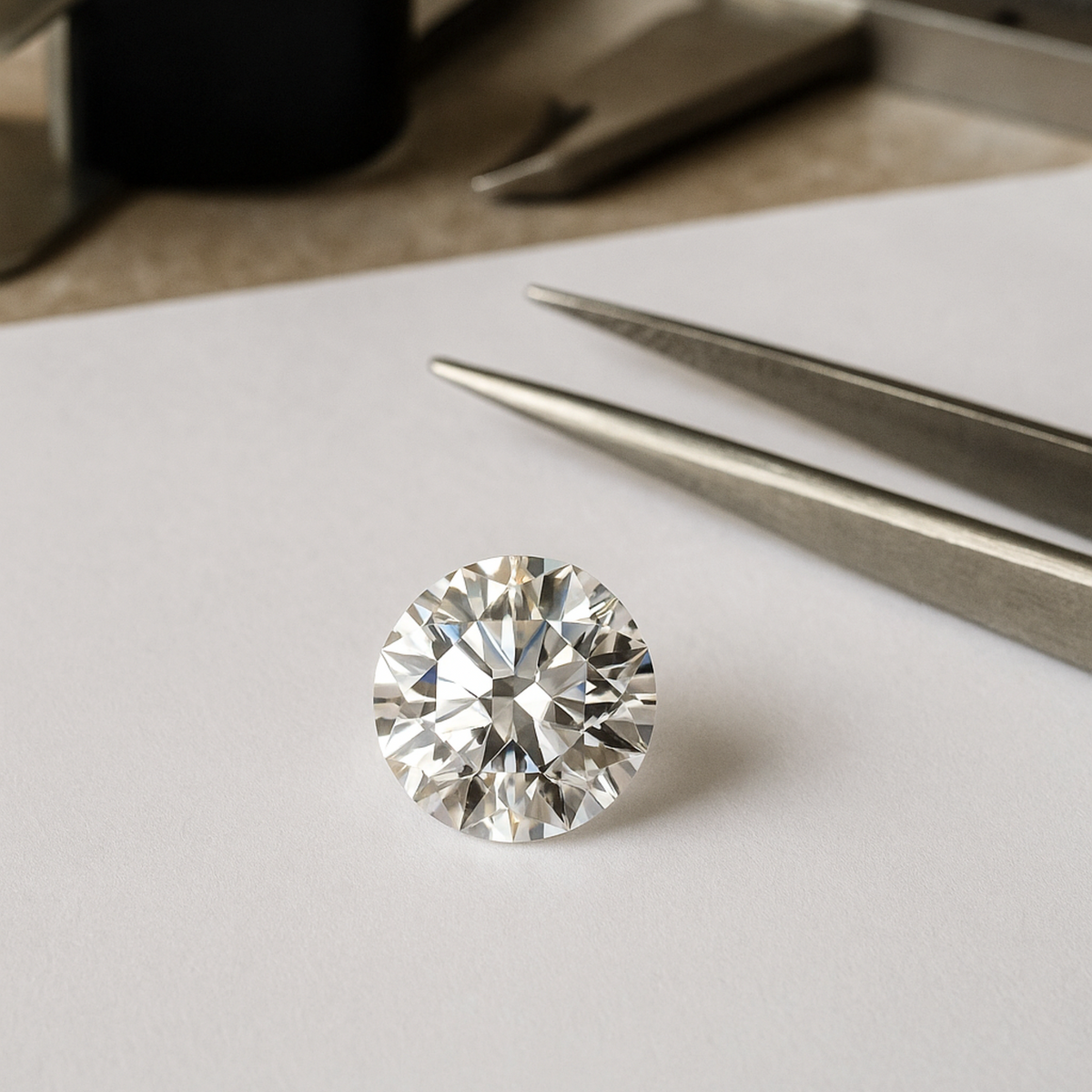Diamond Cut: Discover The Diamond Shapes
When choosing a diamond, the shape is one of the most important decisions you will make. A diamond’s shape not only defines its overall style but also how it reflects light, sparkles, and sits on the hand.
Whether you prefer something trend-forward or classic, we're sharing the cuts you'll want to consider when shopping for an engagement ring. A well-cut diamond displays the unique sparkle we associate with diamond.
Many people often mistake a diamond’s shape (round, rectangular, oval) with its cut. But diamond cut is more than shape. The cut evaluates a diamond’s proportions, symmetry, and polish, which combine to deliver the magnificent return of light only possible in a diamond.







